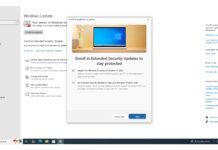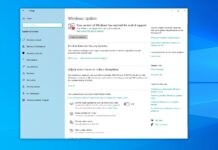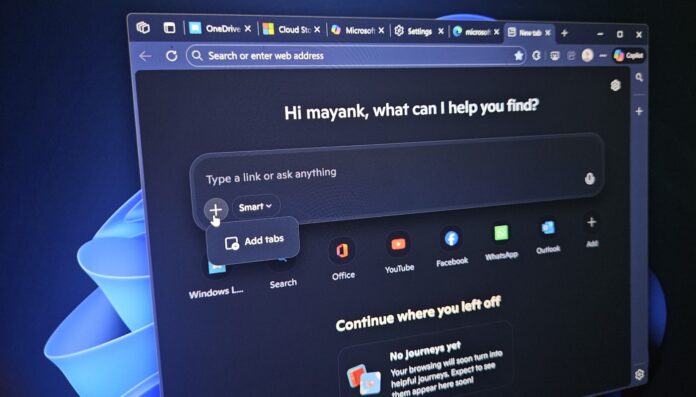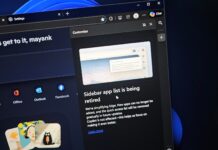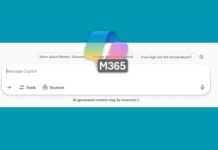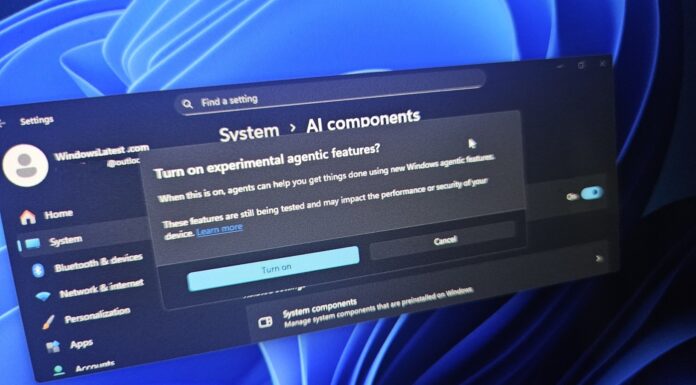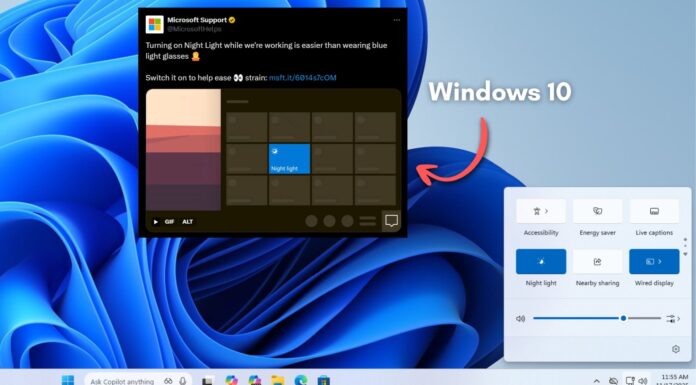Microsoft Edge already has Copilot mode, but is that all it takes to take on AI-powered Perplexity Comet or Opera Neon? Certainly not. We’re now getting closer to a true AI-powered Edge experience. Edge will soon let you send tabs to Copilot, so it can view what’s inside them and help you out. It’s also testing AI-powered summaries of browsing history
With Copilot mode, Microsoft reimagined the New tab page (NTP) in Edge with a Copilot compose box. Right now, the Copilot compose box is a fast way to toggle between the typical address bar behaviour, Bing regular search and AI answers. You can also switch between GPT-5 and o3. But you can’t send an open tab to Copilot.
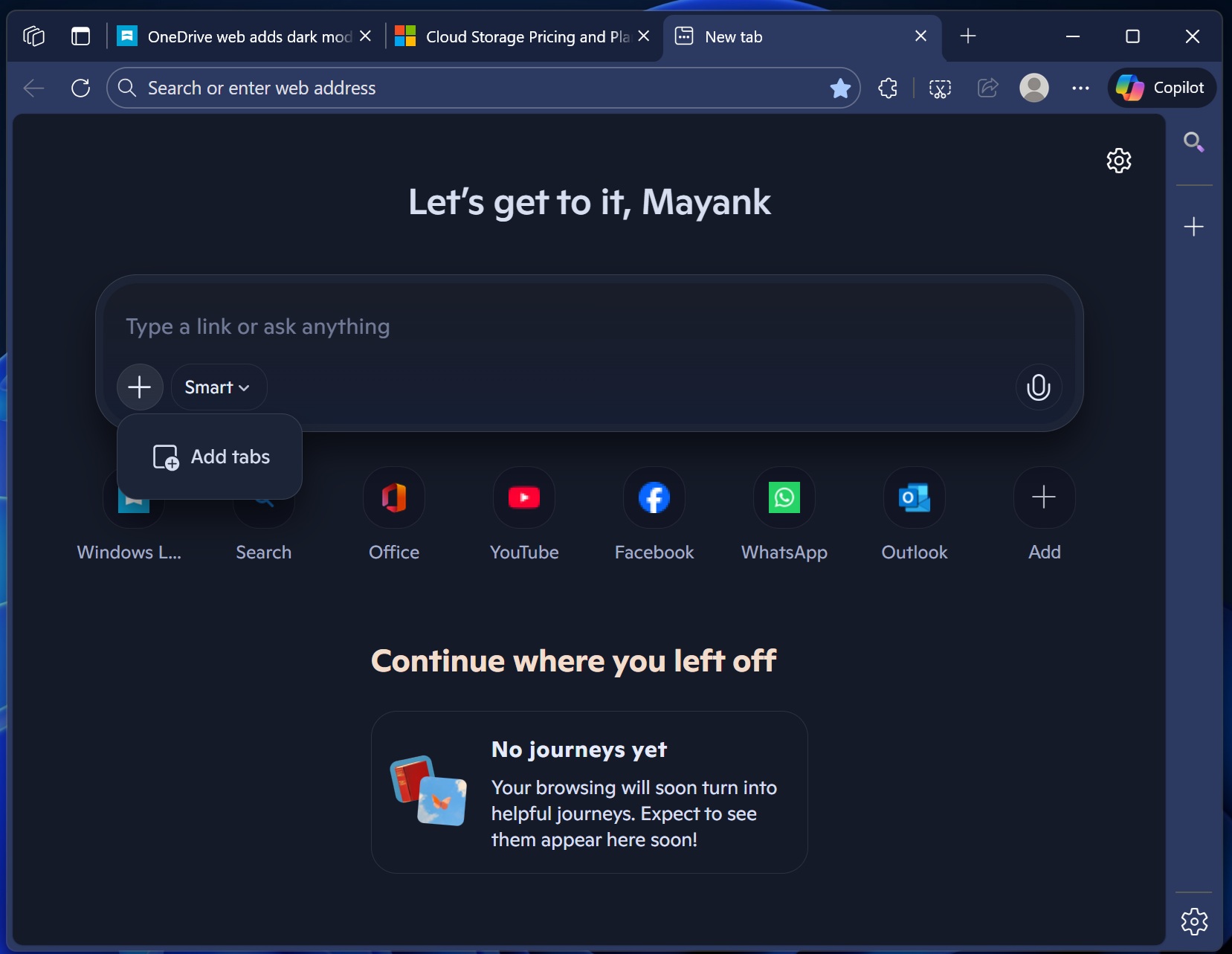
In our tests, Windows Latest spotted a new plus icon on the New Tab Page (NTP). When you tap on the icon, it shows “Add tabs.”
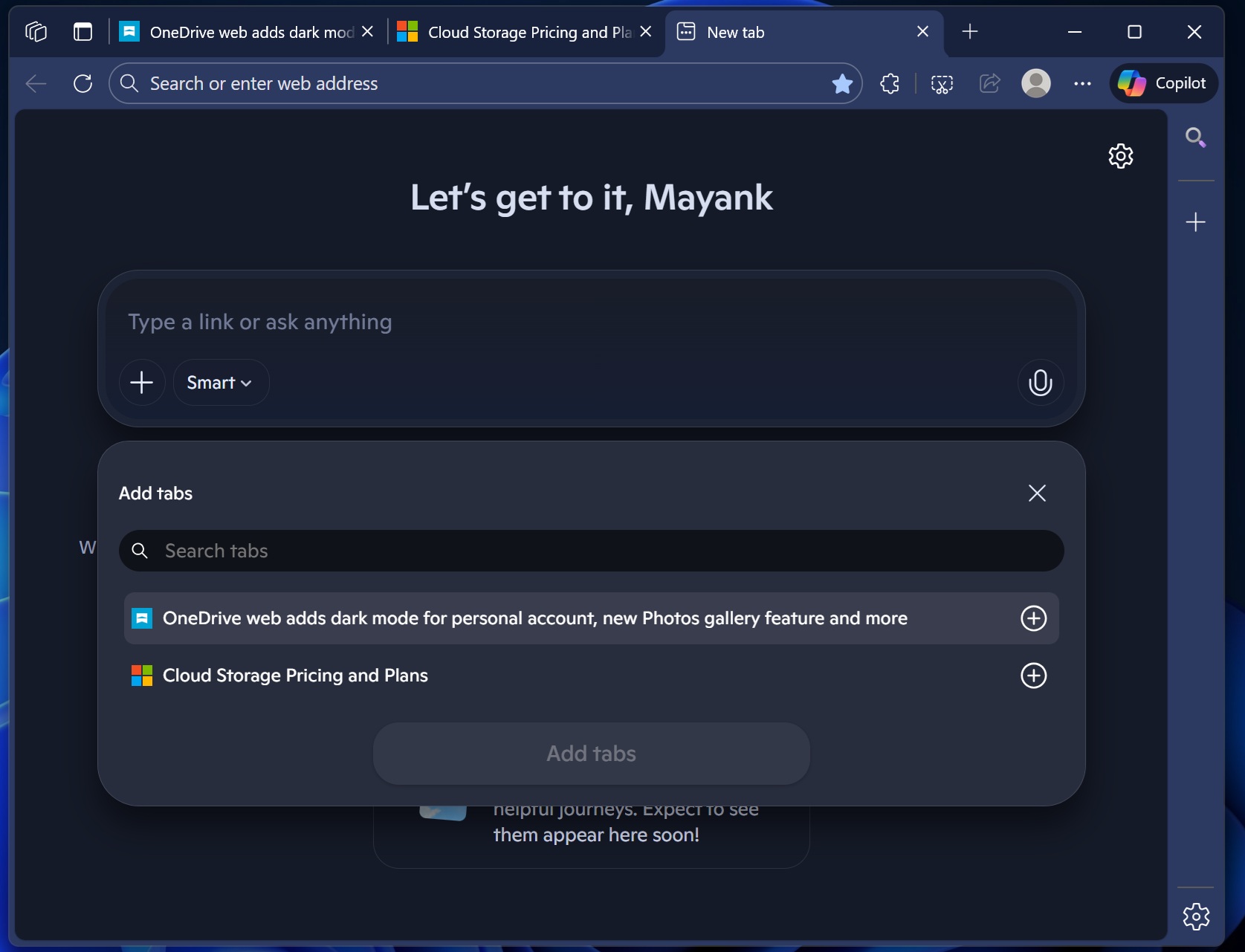
Copilot automatically found I’ve two tabs open. One is my article on OneDrive’s dark mode rollout, and another is Microsoft Store pricing for cloud storage. Both are closely related, but they don’t discuss one another. That gives me the advantage to test Copilot’s Edge integration.
I added the two tabs to Copilot, and I was redirected to copilot.microsoft.com. But interestingly, Copilot had already added my tabs to the conversation as context. I asked Copilot how OneDrive web is getting better, and how much it costs. With two tabs in reference, Copilot quickly looked up, and it answered me with high accuracy.
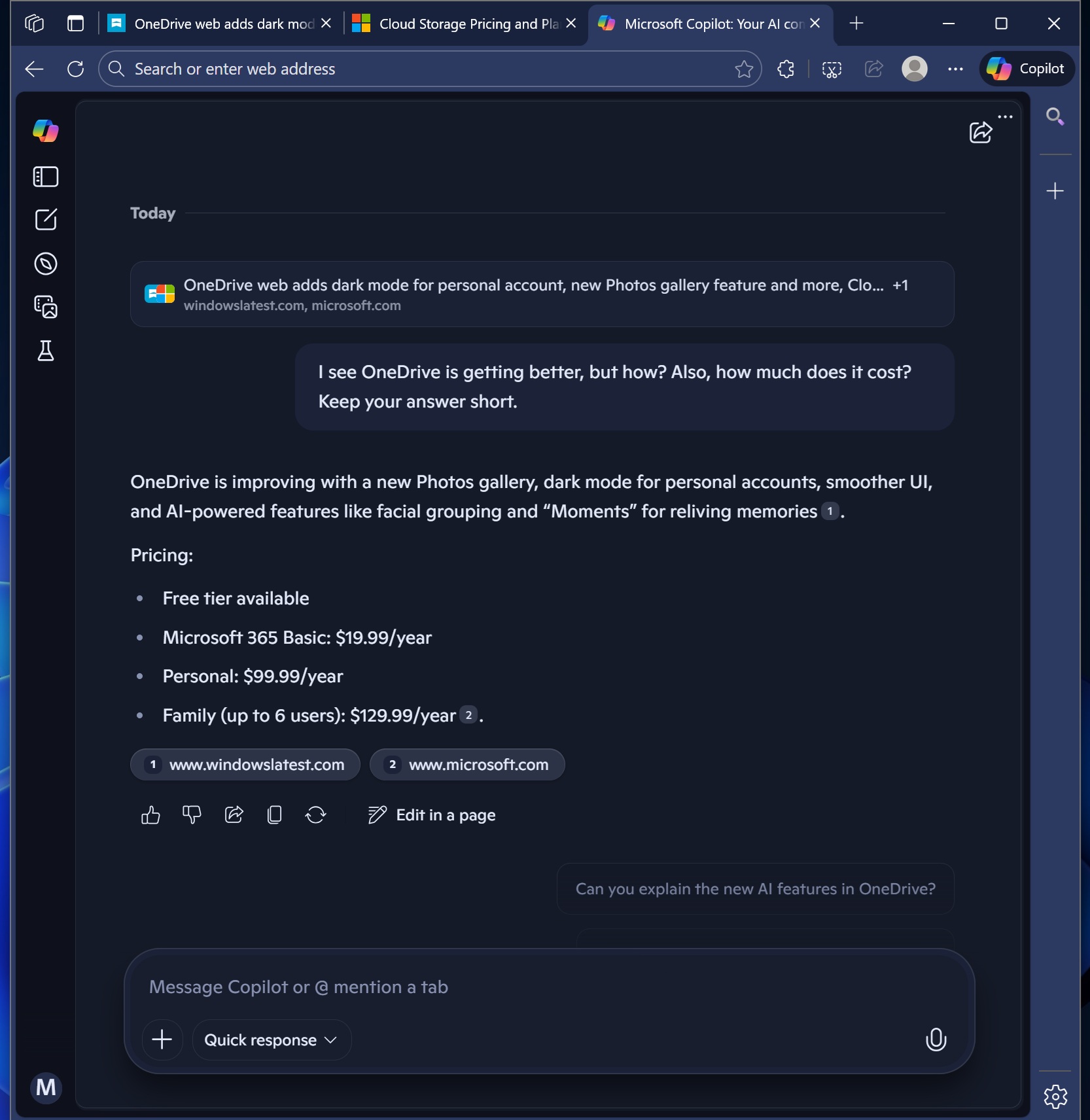
Then, I noticed that it’s actually possible to open more tabs and added those tabs to the existing conversations. This feature is called “tab tagging” in Edge Copilot. I could tag tabs and ask a follow-up question. Or I can add all my open tabs and give Copilot a spin at what I’m browsing!
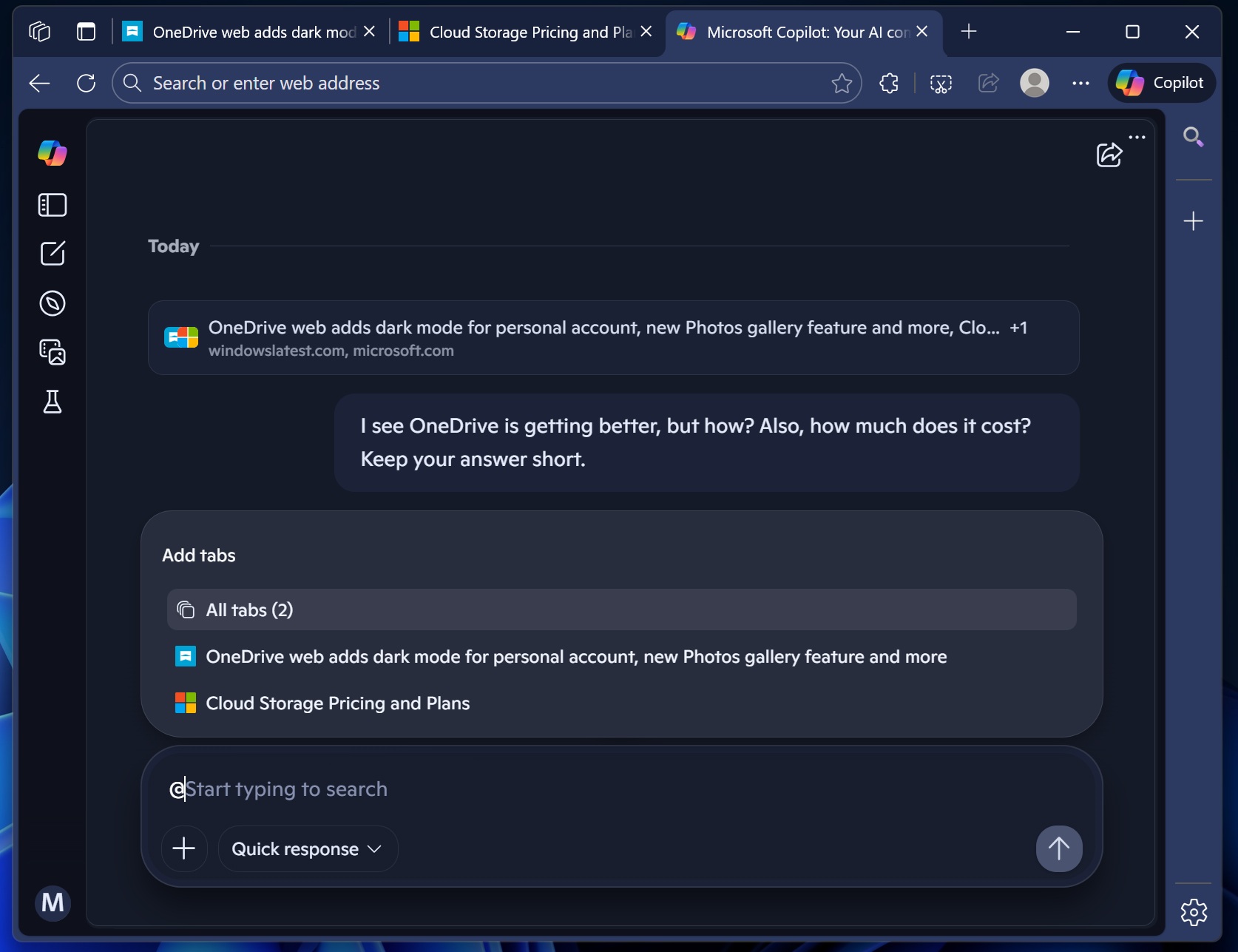
It’s actually a fun feature, and I expect the integration to get better as we get closer to what I call “Perplexity Comet-killer” version of Microsoft Edge.
Edge is testing Journeys with more people ahead of launch
Copilot mode isn’t the only “AI” feature Microsoft Edge is getting in 2025.
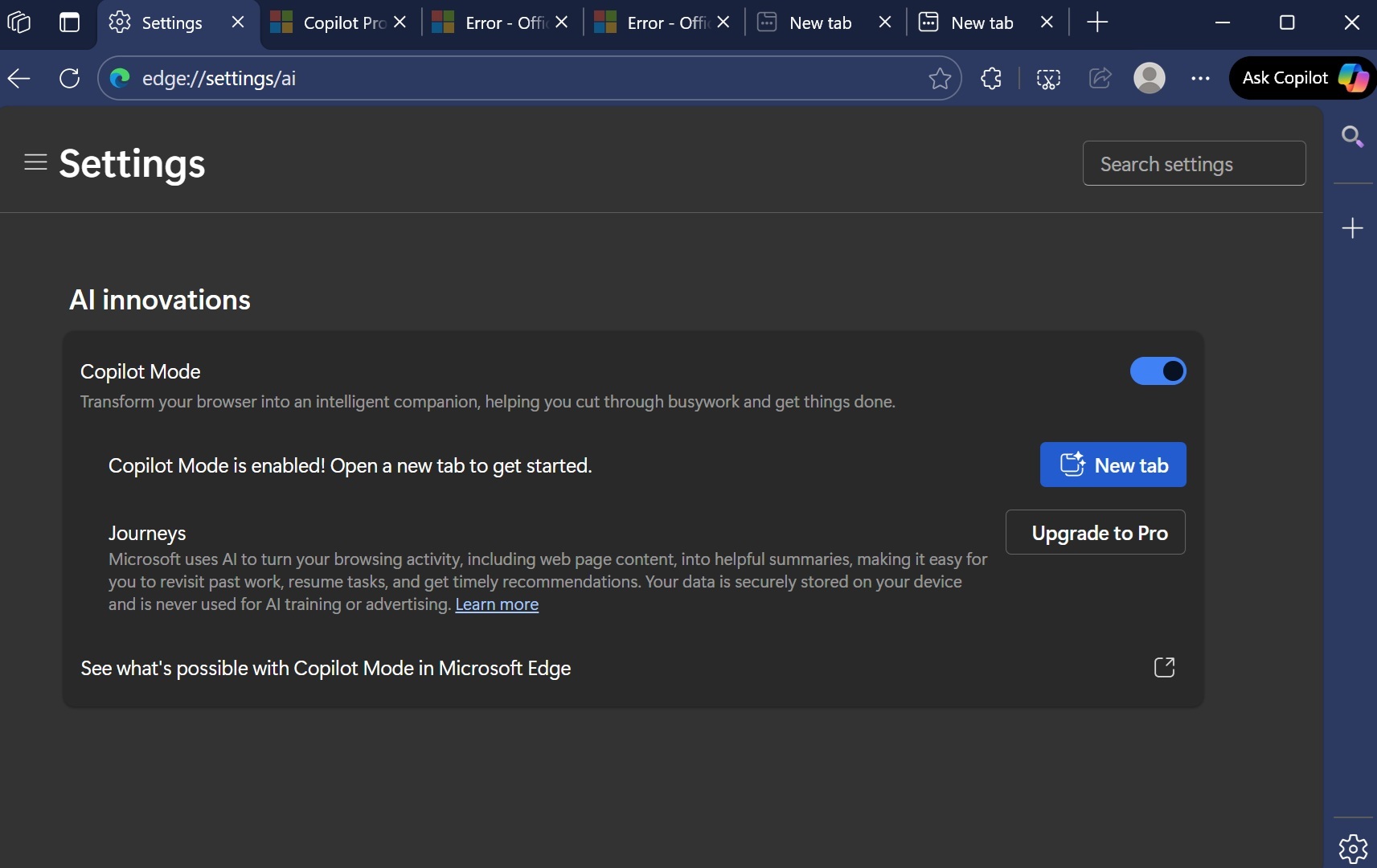
In August, I talked about “Journeys,” which could require a $20 subscription to summarise your Edge’s browsing history. According to Microsoft, Edge’s browser “will soon turn into helpful journeys,” and they’ll appear as cards on the New Tab Page, below the Copilot compose box.
When you click one of the Journeys cards, you’ll be redirected to a new page in Edge that summarises your browsing activity, so you can find a purpose. Or, as Microsoft describes, go back to your “journey.”
“Copilot turns your browsing data, including page content, into helpful summaries, making it easy for you to revisit past work, resume tasks, and get timely recommendations. Your data is never used for AI training or advertising,” Microsoft noted.
It’s unclear if Microsoft plans to drop the $20 requirement or introduce rate limits for free testers, but we recently got access to a support document that tells us a bit more about the feature.
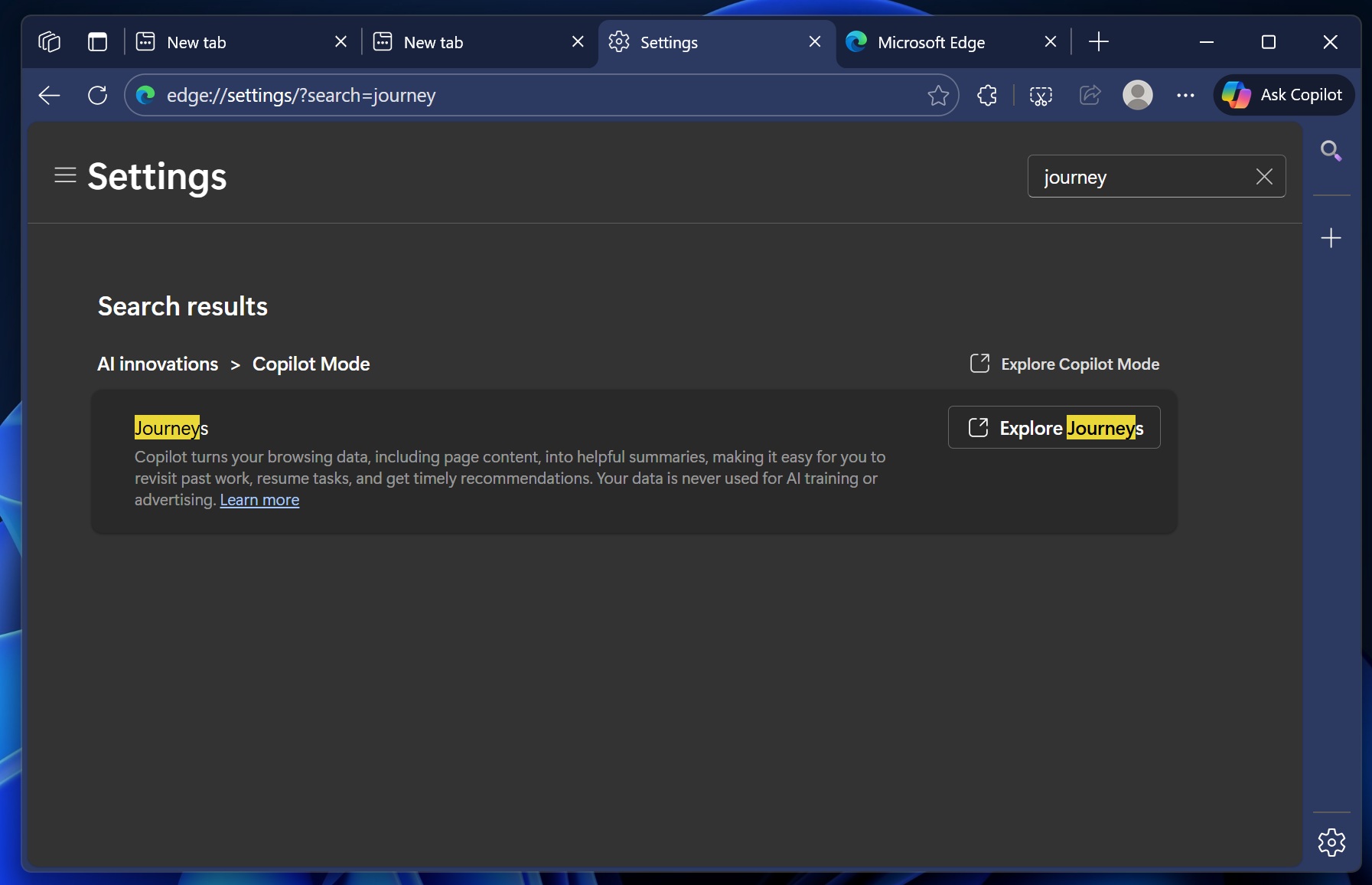
When I was browsing the Edge Settings page, I noticed that clicking “Explore” next to Journeys now opens a web page.
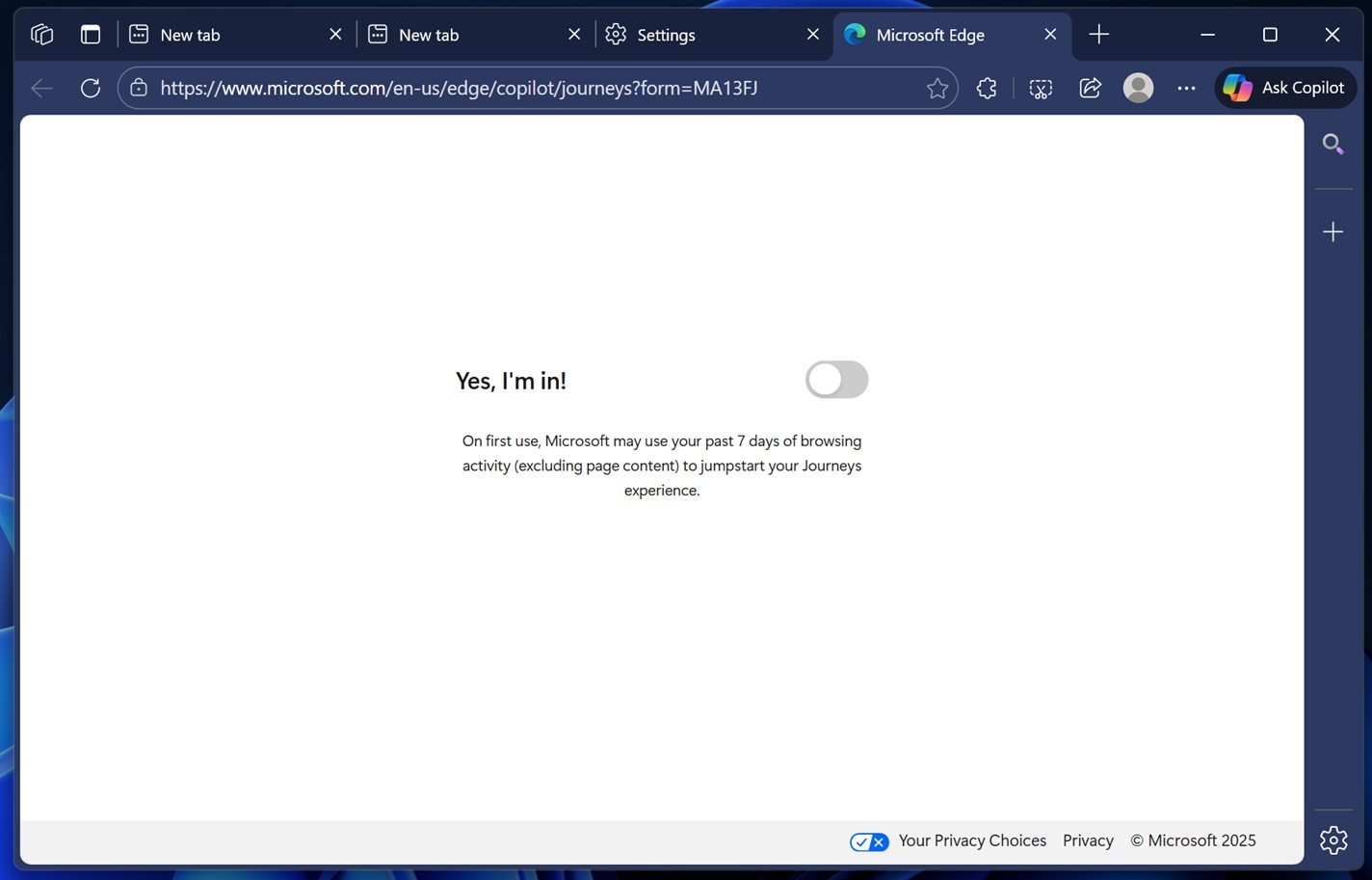
Microsoft has already taken down the web page, but I got a glimpse of it. First, it confirms Journeys will work with personal Microsoft accounts only. Second, Journeys will require access to seven days of your browser history for the first time.
“On first use, Microsoft may use your past seven days of browsing activity (excluding page content) to jumpstart your Journeys experience,” the description reads, and there’s a toggle to get in. But it doesn’t work right now.
Microsoft is promising that it can read your browsing history for the Edge AI feature, but it’ll NEVER share it with third-party partners or even itself. Everything stays on your device. Also, Edge will not be able to see what was inside the websites you visited. But can you filter out, or can Edge avoid reading sensitive browsing history? No, at least not now.
What do you think? Are you ready for AI-powered browsers on Windows 11?






